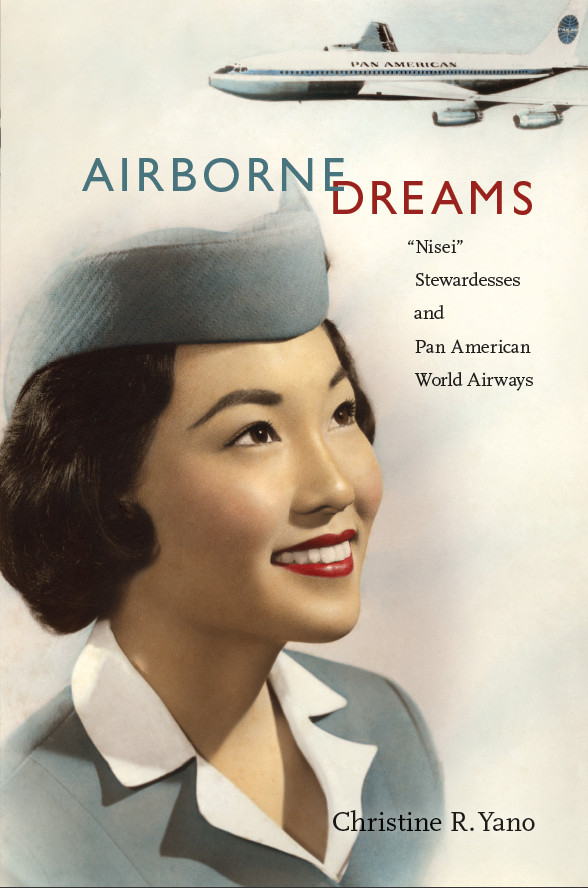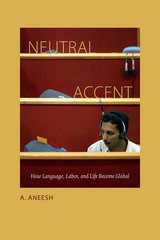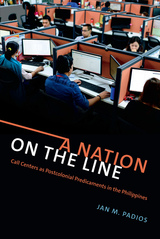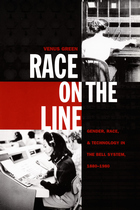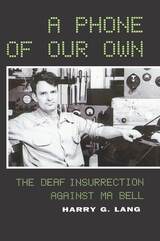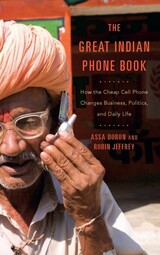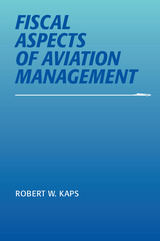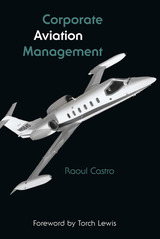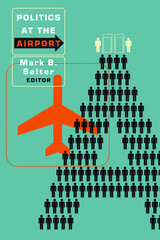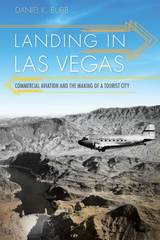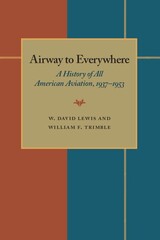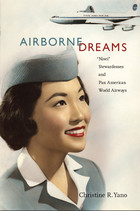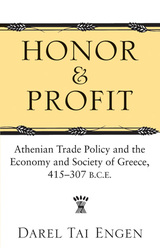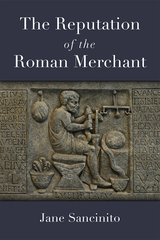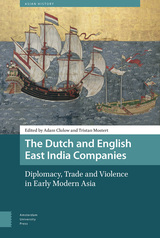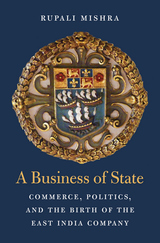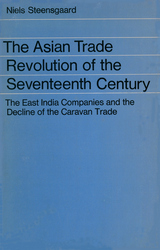“Airborne Dreams draws big, compelling themes from the experiences of a small group of women who put a distinctive spin on the stewardess mystique. Christine R. Yano deftly explores the gender and racial stereotypes, complex class relations, and corporate ambitions that prompted Pan Am’s hiring of Japanese American flight attendants at the height of the airline’s cultural and commercial dominance. Equally important, we get a rich portrait of the opportunities and pleasures that her subjects found in their work and the ways that they transcended the very stereotypes they represented.”—Kathleen M. Barry, author of Femininity in Flight: A History of Flight Attendants
“Airborne Dreams is a fascinating account of Pan Am’s ‘Nisei’ program and the ways that it embodied interrelated conceptions of postwar America, gender and racial politics, globalism, and cosmopolitanism. By combining sources ranging from airline archives to interviews with many former Pan Am stewardesses, Christine R. Yano has given us a refreshingly novel understanding of corporate history and its relation to key social and cultural issues.”—Laura Miller, author of Beauty Up: Exploring Contemporary Japanese Body Aesthetics
“[A] very interesting book that tells the history of Pan Am and its international stewardess program begun in the mid-1950s. The book features personal interviews and commentary from Japanese-Americans who flew the Pacific Pan Am air routes out of Hawaii, routes that opened up opportunities even as they made a name for an airline moving into the jet age.“
-- Mark Petnuch "Reader Recommendations," Christian Science Monitor
“[This] book ... certainly paints a fascinating picture of the background to the American gender and racial issues that still fill the big screens of the world, and it broadens out the stereotypical anti-communist image that preceded America’s entry into Vietnam.... Definitely an anthropology book worth taking out into the big wide world!”
-- John Hendry Pacific Affairs
“Historians who use oral histories will be sympathetic to Yano's ambition to use the small details of everyday life to illuminate the larger issues of corporations and nations. . . . That she was able to recover the history of this small changing cadre at all is impressive and valuable. . . . [I]t would be a mistake not to embrace the notion of the aircraft cabin on an international flight as a ‘frontier,’ and to miss the complex cultural analysis that Yano provides in this deft study of pioneering Japanese American women.”
-- Gail Cooper American Historical Review
“Airborne Dreams does a wonderful job complicating our understanding of the post-World War II era and the experiences of people of Asian descent who have both benefited from the growth of cosmopolitanism and who were used, because of their racial difference, for financial gain.”
-- Krystyn Moon Pacific Historical Review
“In this carefully crafted book, Christine Yano provides a compelling account of an emerging cosmopolitanism in the postwar ‘Jet Age.’ . . . It is written in a highly accessible fashion without sacrificing the complexity of analysis and theoretical sophistication and will make an excellent text for a wide range of courses in anthropology, sociology, history, gender studies, race and ethnic studies, and global studies.”
-- Sawa Kurotani American Ethnologist
“More than any other airline, Pan Am stood as an icon of the jet age. . . . A key part of the airline’s appeal was its employment of attractive, ‘exotic’ stewardesses as gateways to the wide, unexplored world. University of Hawaii professor Christine Yano’s Airborne Dreams explores a fascinating twist on that exoticism–Pan Am’s pursuit of young Nisei stewardesses from Hawaii. . . . Nevermind that very few of these women spoke Japanese, let alone traveled there themselves–Airborne Dreams explores the ways these Nisei women found themselves at the center of Pan Am’s ascendancy as an icon of global air travel in the mid-1950s.”
-- Ragnar Carlson Honolulu Weekly
“This unique study adds something distinctly different to the wide shelf of books about the late and often lamented US flag carrier that faded into bankruptcy late in 1991. . . . That the author teaches anthropology at the University of Hawaii in Honolulu suggests the research approach, but should not put off non-academic readers. For rather than a book of arcane methodology, this is a fascinating study of how and why the airline came to hire the Nisei, their experiences, and how they contributed to Pan Am’s overall image and service.”
-- Airways Magazine
“Yano's study is fascinating, multilayered and rather deep, and the book will reward the reader with social insights about the intricate dance between corporate culture and cultural identity as the world went transnational in the 20th century.”
-- Burl Burlingame Honolulu Star-Advertiser
“Airborne Dreams is a fascinating study of how the gendered, raced, and sexed bodies of Nisei stewardesses helped sustain and bolster an airline that defined an era—and the United States—during a period of increasing global power and influence."
-- Lindsey Feitz American Studies
